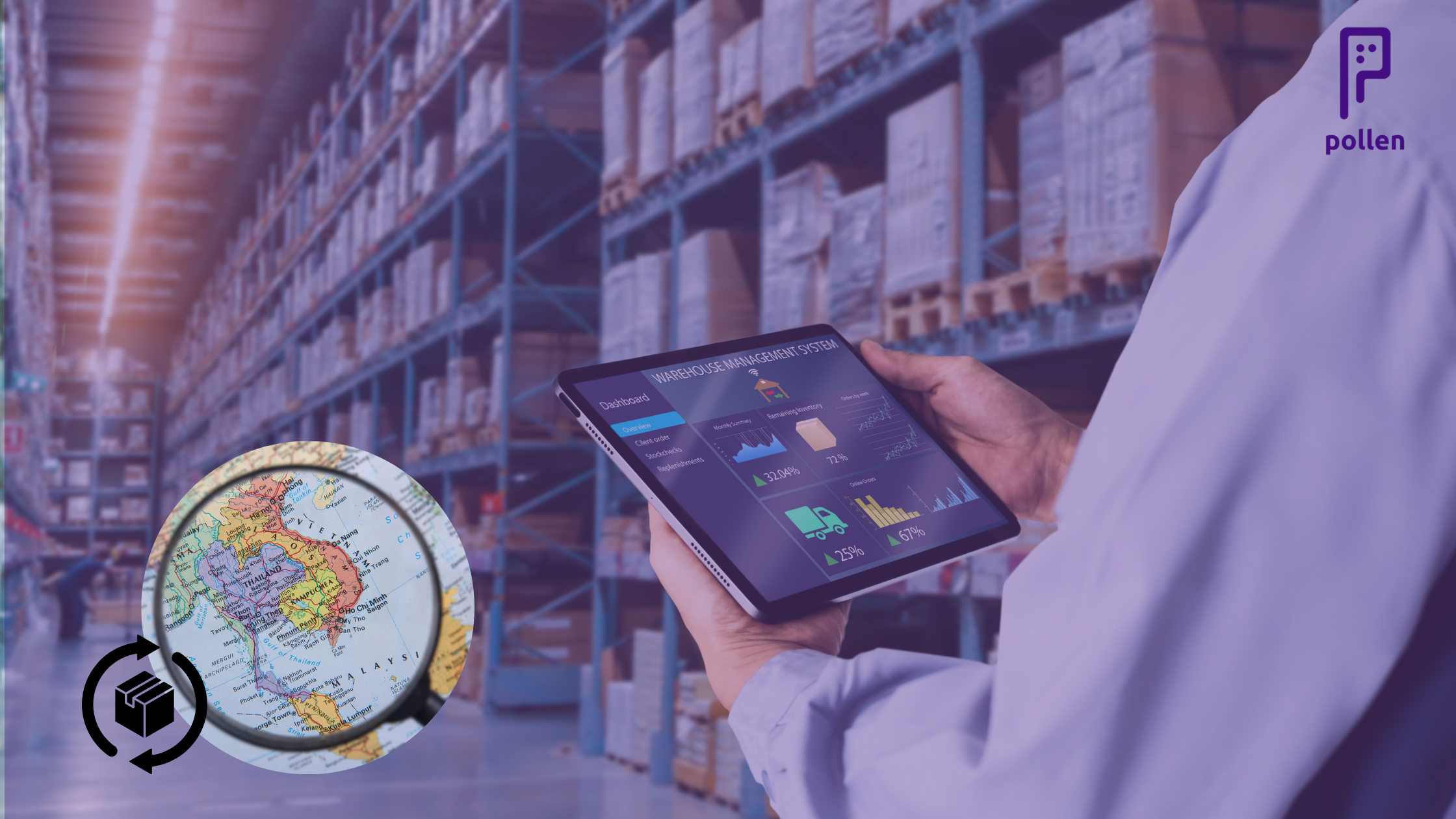Why Southeast Asia Is Becoming the Hub for Sustainable Liquidation
Southeast Asia is fast becoming a global center for sustainable liquidation. With its expanding e-commerce sector, trade networks, and focus on reducing waste, the region is redefining how brands manage surplus inventory responsibly.
Pollen Direct Team

In recent years, Southeast Asia has emerged as one of the most dynamic regions for global trade and e-commerce. But beyond its growing consumer base and vibrant marketplaces lies another important transformation — the region is becoming a hub for sustainable liquidation.
The Shift Toward Responsible Inventory Management
Across industries, companies are realizing that excess inventory isn’t just a financial burden — it’s an environmental one too. With growing awareness around sustainability and circular economy principles, brands are moving away from traditional disposal methods and embracing smarter, data-driven liquidation systems.
In Southeast Asia, this shift is being accelerated by the region’s unique combination of strategic logistics, growing digital infrastructure, and rising sustainability commitments.
Why Southeast Asia Leads the Way
Strong E-Commerce & B2B Ecosystems The rise of major e-commerce platforms and digital marketplaces has reshaped buyer behavior across ASEAN countries. Businesses now expect faster, more transparent access to inventory — even liquidation stock. Platforms like Pollen Tech enable sellers to connect with verified buyers across markets like Singapore, Malaysia, Indonesia, Thailand, and the Philippines — ensuring surplus products find new homes instead of going to waste.
Cross-Border Connectivity Southeast Asia’s proximity to key global trade routes — from Singapore’s shipping hubs to Malaysia’s free trade zones — makes it an ideal region for efficient liquidation logistics. Sellers can list inventory from one country and reach buyers in multiple neighboring markets with ease.
Growing Sustainability Awareness Governments and organizations across ASEAN are adopting stronger ESG frameworks. Reducing waste, promoting circularity, and encouraging responsible sourcing are now part of national goals. As a result, liquidation is being reframed — not as clearance, but as a sustainability initiative that aligns profitability with environmental responsibility.
AI and Technology-Driven Solutions The region’s rapid digital adoption has paved the way for platforms that leverage AI and data analytics to predict product demand, optimize pricing, and manage stock intelligently. These systems help sellers liquidate faster, buyers find profitable deals, and both parties contribute to reducing waste.
Liquidation as a Sustainability Strategy
In Southeast Asia, liquidation is no longer viewed as an afterthought — it’s becoming a core sustainability strategy. By connecting brands, distributors, and resellers through smart marketplaces, the region is redefining what it means to manage surplus stock responsibly.
Whether it’s beauty, personal care, or household goods, products once destined for landfills are now being redirected back into circulation — helping both business profitability and the planet.
The Future of Sustainable Liquidation
As sustainability becomes a global priority, Southeast Asia’s integrated approach — combining logistics, technology, and market demand — positions it as a model for the rest of the world.
From local startups to multinational brands, the message is clear: sustainability and profitability can go hand in hand — and Southeast Asia is leading the way.
👉 Explore smarter liquidation solutions at Pollen Tech | Pollen Marketplace